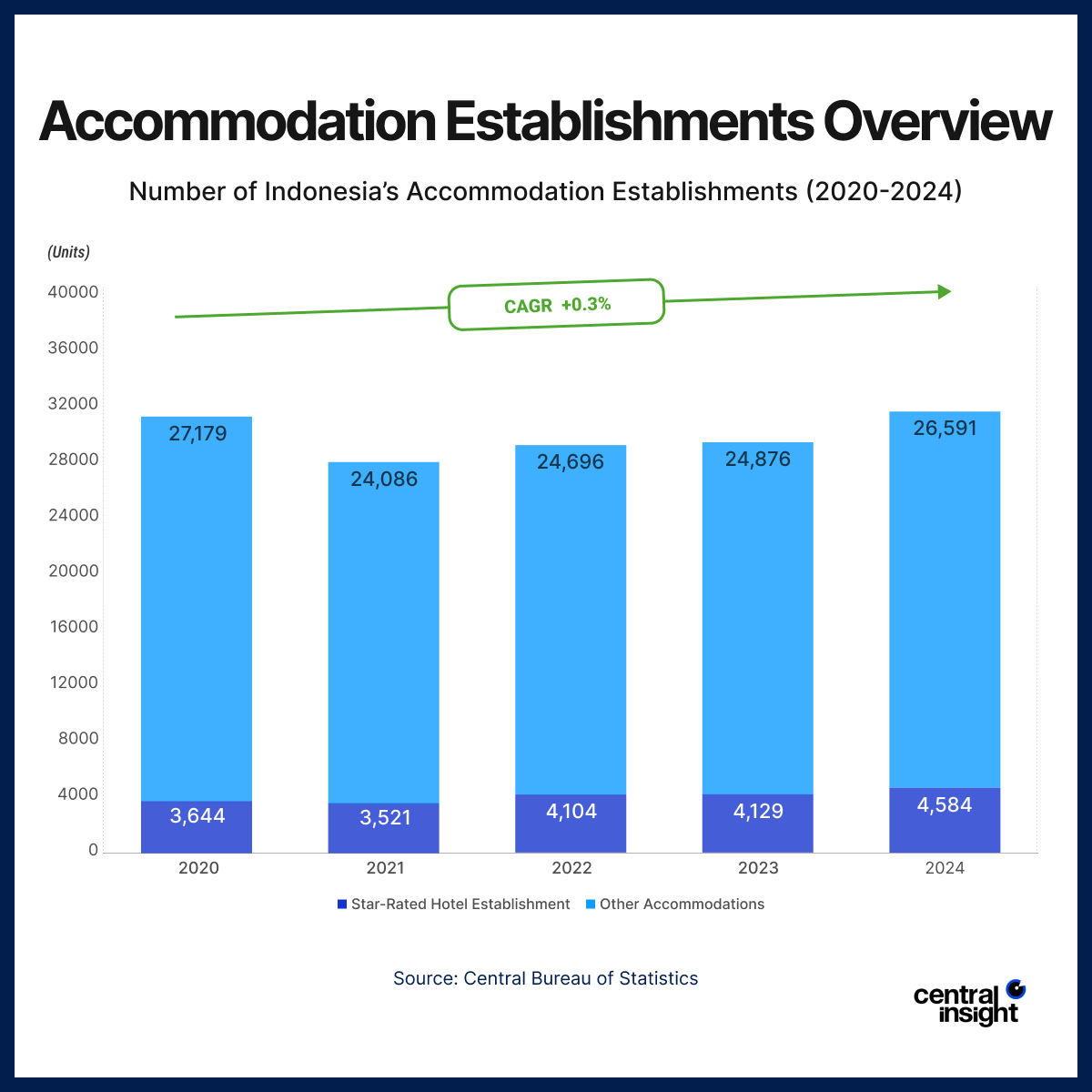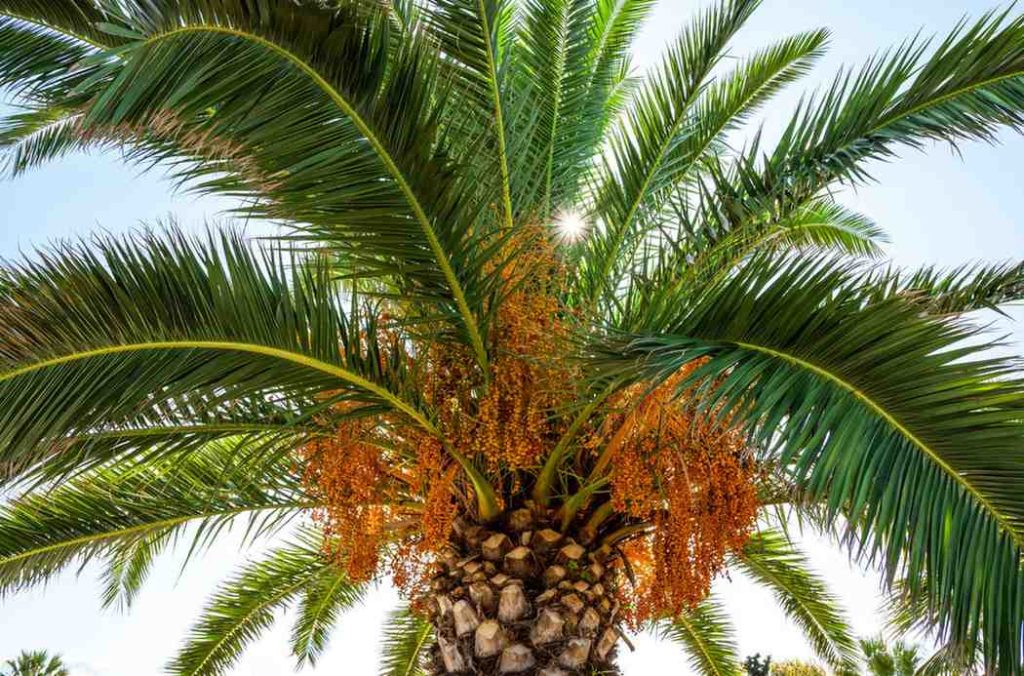When you think about Indonesia’s hotel industry, you might picture five-star resorts in Bali or business hotels in Jakarta. But dig into the data, and you’ll find a different story: more than 80% of Indonesia’s accommodation establishments fall under the category of “other accommodation”. In other words, it’s a mix of budget hotels, guesthouses, cottages, and inns.
The Backbone of Indonesia’s Hotel Industry
This trend makes sense in a country where domestic tourism plays a huge role in driving the industry. Indonesian travelers often prioritize affordability and accessibility, especially when it comes to exploring lesser-known destinations. Budget stays offer a comfortable, no-frills option for weekend travelers, students, backpackers, and family road trippers alike.

The rise of digital platforms like Traveloka, Tiket.com, and Airbnb has also made these accommodations more accessible, allowing small and independent property owners to reach a wider audience without needing to affiliate with major hotel chains.
Moreover, these establishments are often embedded within local communities, providing a more authentic travel experience. In tourist hubs like Yogyakarta, Malang, or Labuan Bajo, guesthouses are often run by families who offer cultural insights, home-cooked meals, and personalized service.
Read Also: Tourism Sector in Indonesia: The Business Behind the Boom
This segment also contributes to the inclusive development of tourism. With lower barriers to entry, budget lodging options empower micro, small, and medium enterprises (MSMEs), spreading the economic benefits of tourism beyond major hotel investors.
In short, while five-star resorts may steal the spotlight, it’s not always the go-to option for many. It’s the humble guesthouses and cottages that are quietly anchoring Indonesia’s hotel industry and its tourism economy.








